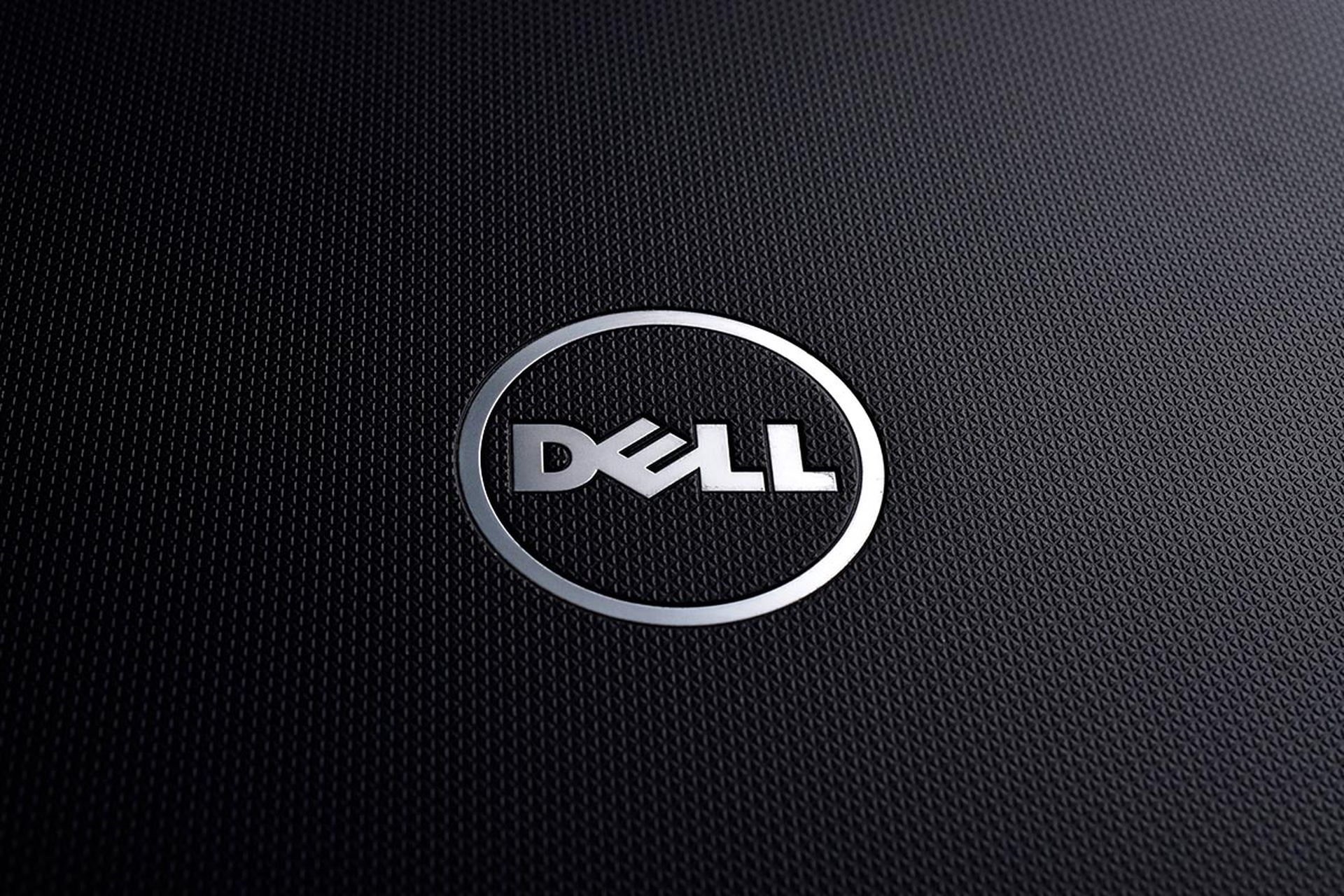While most organizations aren't the target of sophisticated threats like Stuxnet and Flame, security experts said there are plenty of other attack scenarios of which to be mindful.
Panelists at the SC Congress security conference on Thursday in New York said attacks launched by hacktivists or financially motivated crime syndicates are steadily evolving, especially since the resources needed to initiate far-reaching attacks continue to diminish.
Retired U.S. Air Force Col. Cedric Leighton, the founder and president of Washington D.C.-based risk and management consulting firm Cedric Leighton Associates, said organizations need to consider how they will react to threats that show up on their turf.
“Awareness about what is going on around you in the IT world is critical,” Leighton said. “That means knowing about things like Stuxnet in broad terms, but it also means [questioning] how that threat can morph into something that [you're] responsible for [dealing with].”
Dean De Beer, CTO of malware threat intelligence provider ThreatGrid in New York, said he expects an increase in breaches in the supply-chain process, which would require companies to be more cognizant of who has access to their products or supplies during manufacturing and distribution.
The panelists, however, held differing opinions on the need for government regulation to aid in defense against cyber attacks on organizations.
While Leighton said he would like to see some version of comprehensive cyber security legislation passed by Congress, De Beer disagreed, suggesting that industry security standards need to be better defined, as opposed to new laws being passed.
“I think we have enough government regulation right now,” De Beer said. “Regulations are important, but ultimately, if a good security program is in place, by default you will meet the [security] standards.”



